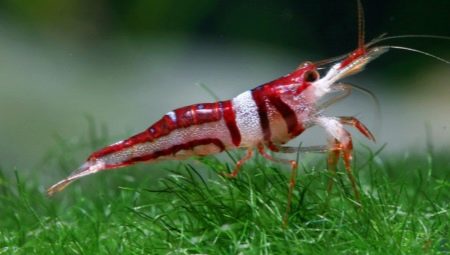With the growing popularity of nano-aquariums, there was a need for their small inhabitants, one of which was shrimp. Today there is a huge selection of these interesting pets. Despite their widespread popularity, certain details must be known for fair content. About how and what you need to feed aquarium shrimp, we will discuss in this article.
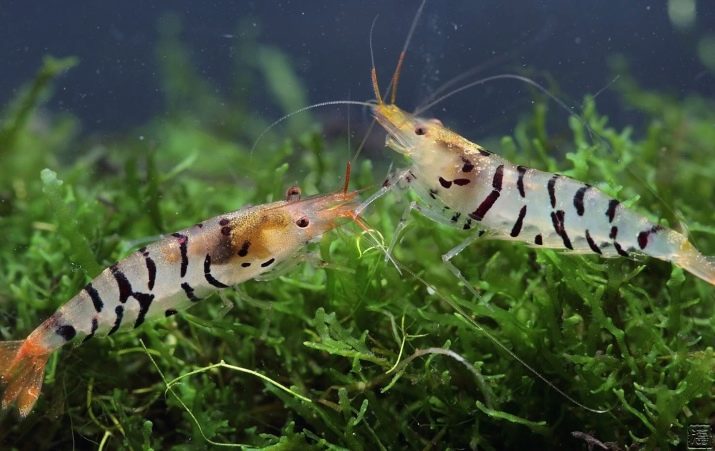
What can be included in the diet?
Aquarium shrimp is rightfully considered to be the orderlies of the aquarium. In fact, they are scavengers and eat everything that falls to the bottom. They can eat yellowed leaves of aquarium plants, preventing them from starting to rot and poison the water, feed on algal fouling, helping to keep the pond clean. They can even eat dead fish.
Each aquarium has hard-to-reach spots that cannot be reached during cleaning. There are no such places for shrimps - they easily crawl even behind the aquarium filter and like to sit on the filter sponge, look for food there. But do not completely deprive them of a quality balanced diet, in which carotenoids and spirulina are present.
The worse the feeding, the less bright the color of the individuals.
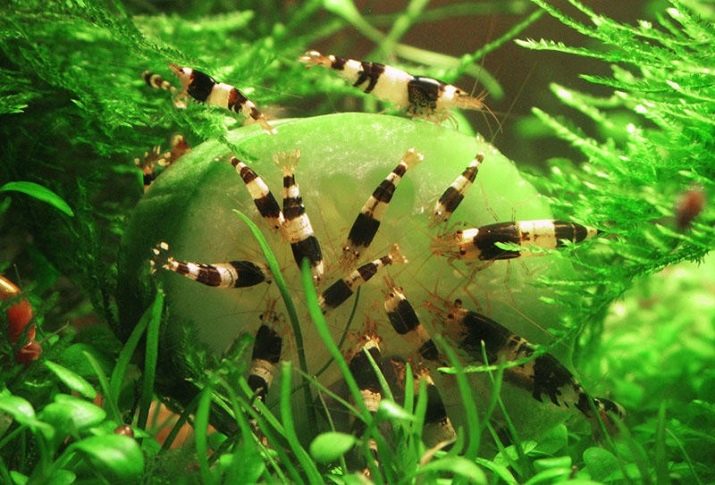
These aquarium inhabitants feed on the following:
- dry sinking feed;
- live food (bloodworms, tubule), when using this food, the color of the shrimp becomes more vivid;
- nettle leaves scalded with boiling water;
- spinach;
- cucumber;
- boiled purchased shrimp;
- dandelion leaves.
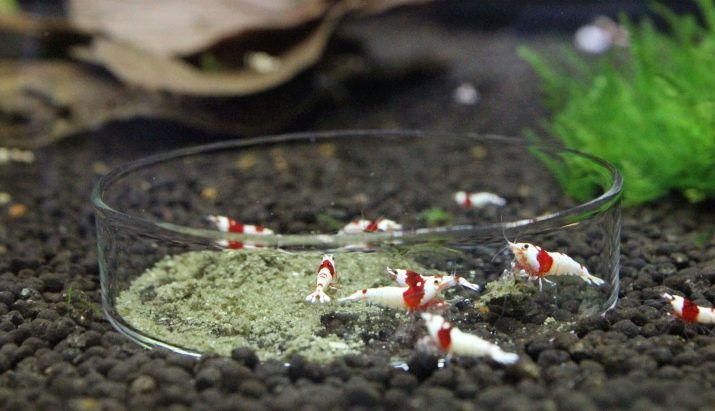
How often and how much should I give food?
These inhabitants of domestic ponds are voracious and are always in search of food.But overfeeding them is undesirable - the uneaten food will begin to rot and spoil the water, which can lead to loss of color, and in the future death of the shrimp. In feeding aquarium inhabitants you need to have a sense of proportion.
It will be necessary to give such an amount of feed that the pets will eat without residue. For a small aquarium with 30–40 shrimps, 4–5 bottom tablets for catfish, which these shrimps are very fond of, will be quite enough. Among experienced aquarists, there is an unofficial rule that states: a sufficient amount of food is that the shrimp is eaten without residue in 15 minutes.

Choosing a feeding place
For the convenience of controlling the amount of feed fed, it is better to choose an open space in the aquarium, without any decorations, piles and plants. Thus, important factors such as:
- when you can clean uneaten food, if we are talking about a cucumber or other food in large pieces that can quickly spoil the water in the aquarium;
- during shrimp feeding, all shrimps come running, so you can approximately calculate the number of your pets;
- while eating food it is most convenient to watch them.
As stated earlier, shrimp are scavengers, but they will not eat completely rotten food.
If you have chosen the thickets of plants as a feeding place, put too much feed, which began to rot - this can lead not only to water pollution, but also to the death of the entire flock.
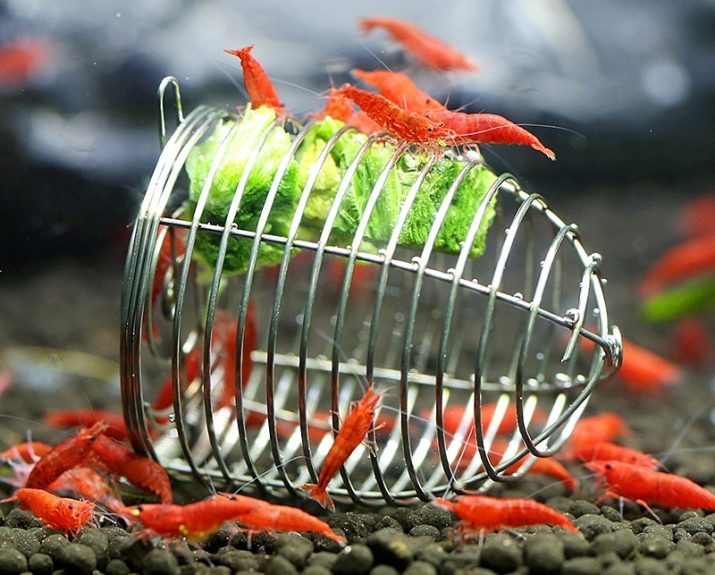
Optimal time
It is best to feed shrimp or crayfish at a specific time. This is not due to digestion, but to the time when they are awake. Since shrimp are ancient people who wake up when the lights are turned on, it is best to give food one hour after that. Many experts It is recommended to present shrimp with external food once every 2-3 days so as not to overfeed them. Finding food in the thickets of mosses, they will wait for the next feeding session without any problems.

How to feed?
Often, beginner aquarists ask themselves: how to feed their pets according to all the rules. Even experts cannot give a definite answer to such a question, since the diet of shrimp depends on the following factors:
- the presence of other aquarium inhabitants;
- maturity level of the aquarium environment, the presence of algae and other organics in it;
- the number of shrimp living in this pond.
All experts are sure of one thing: overeating is much more harmful for shrimp than lack of food. This is related to their lifestyle. These babies are constantly moving, and they do it only in search of food, which provides them with the necessary physical activity. With excess feed, the shrimp may die.
Without additional nutrition, the described species can survive for several days and feel great. With a well-balanced aquarium and the presence of algae and mosses in it, a break in feeding can take up to 7 days. Since aquarium shrimp is completely defenseless against any fish, aquarists are divided into those who contain shrimp only separately from the rest of the fish in the species aquarium (shrimp), others contain in common - with the fish. Therefore, their feeding and diet are different.

Together with fish
When settling crustaceans in a common aquarium, where fish live and some species of plants grow, there will be no problem with food, because shrimps eat everything that they can process, and therefore absolutely everything. If you have a diaper appearing on the surface of the water, it will be eaten first of all, because it consists of microorganisms that these crustaceans love. Freshwater shrimp in a common aquarium will not refuse to eat blue and blue-green algae, which will be a real salvation for the owner of the aquarium.
These inhabitants of domestic ponds do not disdain to feast on pieces of plants left over from weeding, and even eat all the strings from natural materials that bind mosses and other plants to snags and decorations. Even in a general aquarium, after it is completely cleaned of pests do not forget to feed shrimp. Not the least role for them is quality, not the amount of food available.
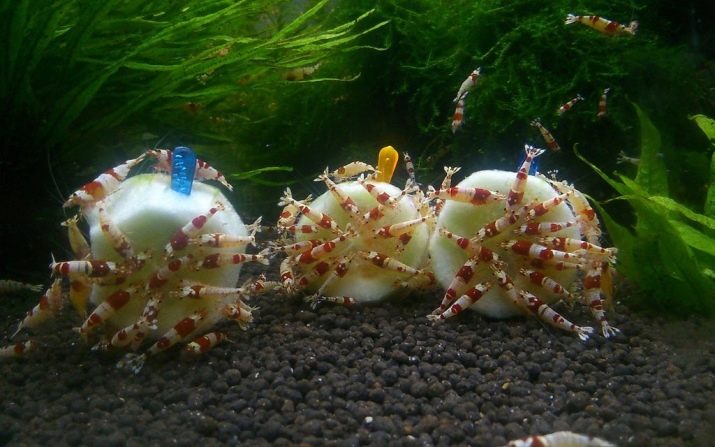
After eating unwanted objects, it is time to feed the shrimp separately from the fish. For the first time, treats for them you will find in your refrigerator, namely: finely chopped zucchini, cucumber or pumpkin. Crustaceans like these vegetables, but they quickly spoil the water in the aquarium, so do not leave the listed fresh vegetables in the water for longer than 15 minutes. For a meal this time will be enough. In a general aquarium, these crustaceans can do much more than snails.
These are magnificent "orderlies" of domestic ponds, help their owners much less often do cleaning in glass containers.
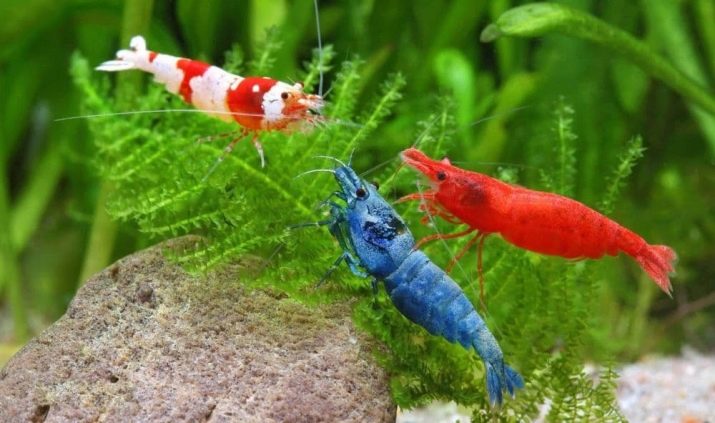
Separate content
When a separate “species” pond is allocated for keeping shrimp, in which no fish are present, then there will be no fish food leftovers. For this reason, feeding their crustaceans will have to pay a little more attention, which will not cause any difficulties. Besides all that shrimp eat in a common aquarium, it is possible to add dried leaves of fruit trees (apples, pears, cherries) to the diet. Eat well nettle leaves in fresh, scalded with boiling water or after defrosting. Do not refuse and from pieces of oak leaves and dandelion leaves.
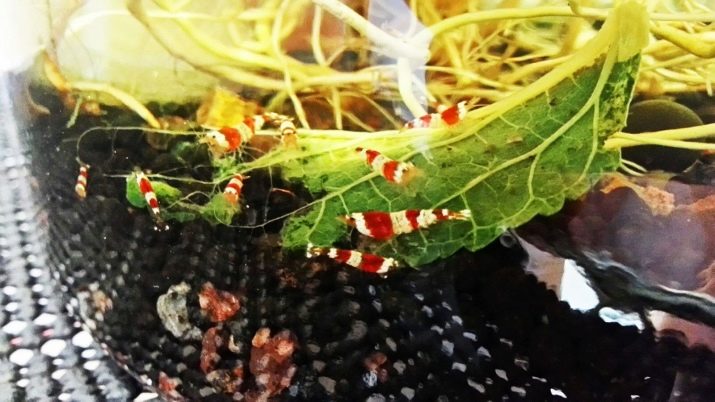
Will not be superfluous live food such as bloodworms and tubuli, but not only as the main diet, but exclusively as a top dressing for plant nutrition. Necessary right Combine plant and live food.
Many owners of this species are confident that there is nothing better than expensive branded feed. But keeping shrimp healthy all the time on dry food will not succeed, since a variety of food is necessary. In fairness, it can be noted that expensive food based on almond leaves really give shrimp, but you can’t keep crustaceans with such a mixture because it contains a lot of tannins.
Whatever the well-known and publicized feeds, variety in food is important. Aquarium shrimp need both animal and vegetable feed. Experts allow some time content on a specific composition created specifically for aquarium crustaceans. In appearance, these feeds are reminiscent of bottom tablets for catfish, only much smaller and when they are in the water for a long time they do not crumble, but increase slightly in volume, without leading to spoilage of water.
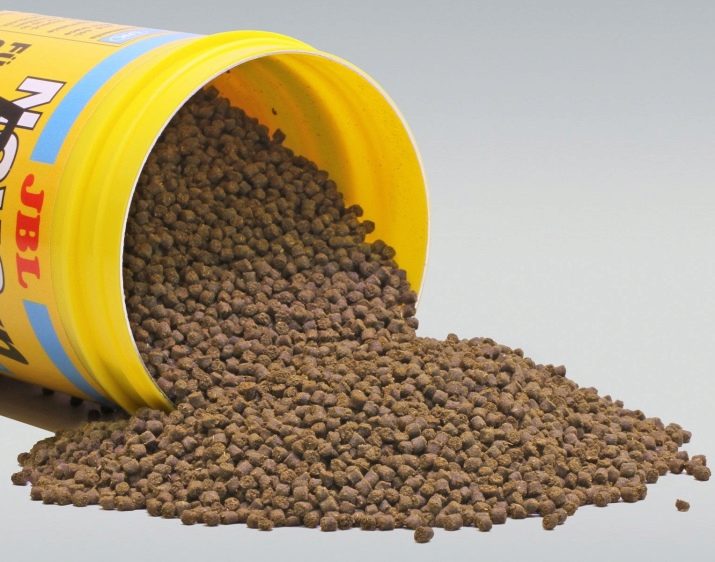
Useful Tips
Each owner of a shrimp flock should be aware of the inadmissibility of being in the water with these aquarium inhabitants of any compounds containing copper, even as part of medicines. This leads to the sudden death of crustaceans. Since many shrimp colors are the result of the painstaking work of breeders, they tend to lose color and become transparent. This factor is important to consider. This problem arises among many owners of species such as shrimp, blue, blue, black, yellow. The following factors affect color loss:
- conditions of detention (water and nutrition quality);
- closely related breeding - from time to time you will have to add shrimp of the same type to your aquarium from different breeders or change with other aquarists;
- constant stress, which can even be from a sharp inclusion of light in the aquarium.
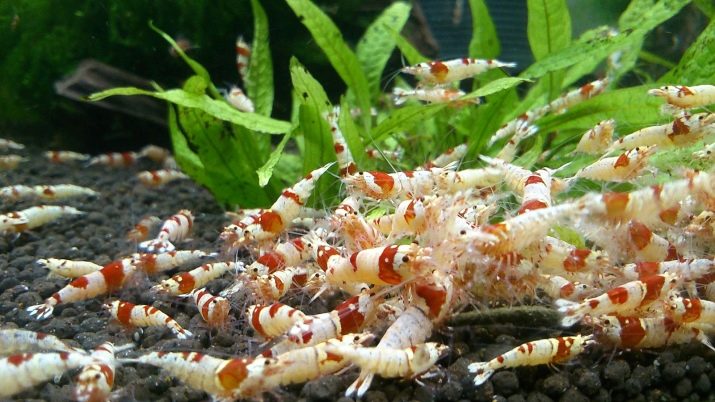
About what aquarium shrimp eat, see the next video.
